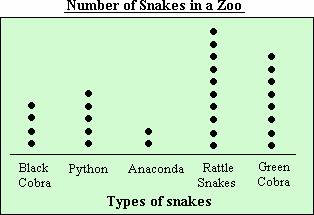We have been working on converting Customary Units of measurement this week in Math. In problems which involve measurements such as width, length, height, weight, capacity or temperature, it is often necessary to convert from one measurement unit to another.
Basic Conversion Rule:
To convert from a LARGER unit to a SMALLER unit...MULTIPLY
To convert from a SMALLER unit to a LARGER unit...DIVIDE
We have a rhyming saying that helps us remember this rule:
Complicating matters a bit is the fact that in the United States we have two different sets of measurement units.
Our basic system is the "customary" or "English" system. In this system units include: inch, foot, yard, mile, ounce, pound, pint, quart, gallon and the Fahrenheit scale for temperature.
However, as we do business in the global community, the metric system is also a necessary system to understand. This system uses units such as: meter, centimeter, kilometer, gram, kilogram, liter, milliliter and the Celsius scale for temperature. We will delve into working with the metric system in the coming week.
Homework next week will consist of practicing these conversions. Here is a video you can watch if you want to see an example of a conversion.
Conversion Example
Please let me know if you have any questions!














